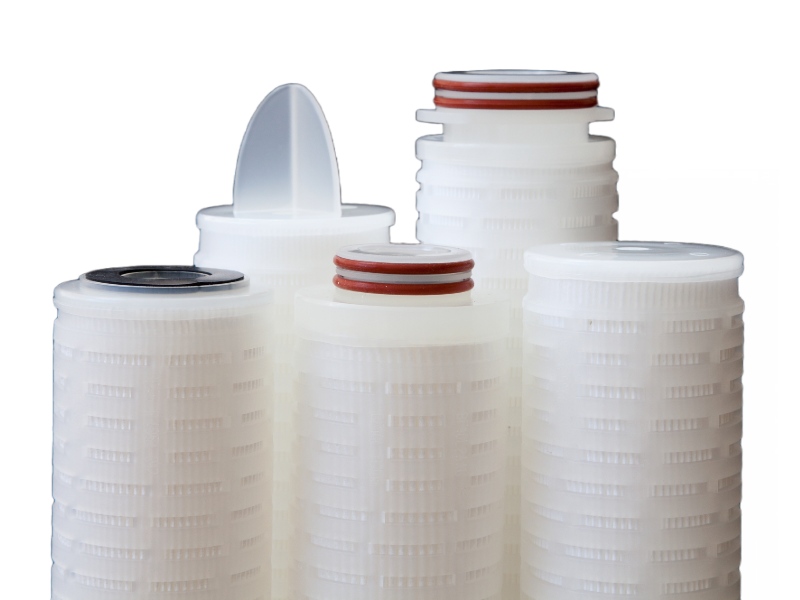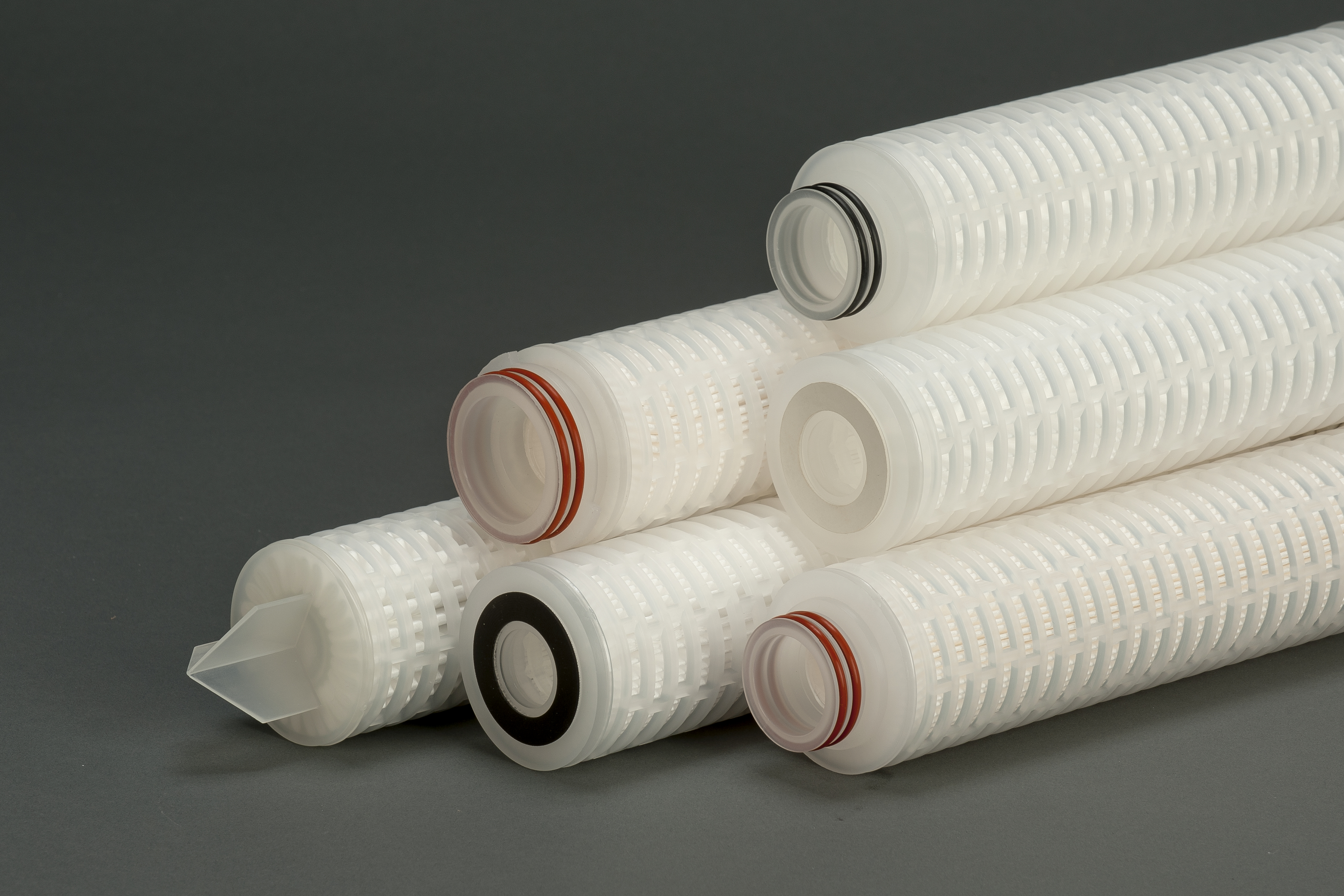The Impact of Condensate on the Performance and Operation of Sterile Gas Filters
Sterile gas filters are critical to ensuring that gases such as compressed air, nitrogen, or carbon dioxide are free from microorganisms and particulates. They are widely used in industries like pharmaceuticals, biotechnology, food, and beverage production, where product sterility is non-negotiable.
However, one of the most underestimated threats to their performance is condensate. Even small amounts of moisture in the filter housing or on the filter itself can completely change how a sterile gas filter behaves.
What Is Condensate and Why Does It Form?
Condensate is water formed when moist gas cools or is compressed. It’s the same principle as water droplets appearing on a cold drink. In gas systems, it often results from:
- High humidity air being compressed.
- Gases cooling as they pass through distribution pipework.
- Temperature changes around the filter housing.
If not managed, condensate enters the filter housing and coats the sterile gas filter element.
The Problems Caused by Condensate
-
Blinded PTFE membrane and Flow Restriction
PTFE sterile gas filters are hydrophobic in nature meaning that they repel water when it is on their surface. When condensate comes into contact with PTFE membrane, gas flow is reduced, pressure drop increases, and the system struggles to maintain required throughput.
-
Loss of Sterility Assurance in Depth Filters
Traditional sterile depth filters (made from glass fibre media) are only effective when operated in dry conditions. Once condensate wets the structure, they can no longer sterilize gas. Microorganisms can pass through the wetted fibre bed, meaning sterility is no longer guaranteed.
-
Increased Energy and Costs
Condensate-blocked sterile gas filter increase compressor load, raise energy consumption, and shorten filter life, driving up operating costs.
-
Compromised Performance of Membrane Filters
Hydrophobic PTFE membrane sterile gas filters are designed to act as a barrier to microorganisms, viruses and bacteriophage and carry a rating of 0.02 or 0.01 micron to achieve that. But in the presence of condensate, their performance changes:
- The filter effectively becomes rated at 0.2 microns in liquid rather than the finer 0.01–0.02 micron rating needed for gas sterilization.
- This means that viruses, bacteriophages, and very small microorganisms can pass through — a serious risk in processes requiring absolute sterility.
-
Reduced Filter Integrity and Lifetime
Repeated wetting and drying cycles weaken membranes and supports, leading to premature integrity test failures.
Special Risk: Condensate in Sterile Gas Vent Filters
Sterile gas filters are not only used for gas supply lines — they are also widely used as vent filters on tanks and vessels. These vent filters allow clean air to enter the tank during emptying or cooling, preventing contamination while equalising pressure.
When condensate blinds a sterile vent filter, gas can no longer flow freely into the tank. This creates a dangerous situation:
- As liquid is drained or the contents cool, a vacuum forms inside the tank.
- If the vacuum cannot be relieved through the vent filter, the tank can physically collapse under external atmospheric pressure.
- This is not only costly in terms of equipment damage but can also cause major safety and contamination risks.
For this reason, preventing condensate in sterile vent filters is just as important as in sterile supply filters. Proper drainage, heating/insulation of housings, burst discs are critical safeguards.
How to Manage Condensate
The risks condensate poses can be mitigated through good design and maintenance practices:
- Knock Out Pots: Provide a vessel that allows early-stage removal of bulk liquid condensate from the system.
- Gas Dryers: Use desiccant or refrigerated dryers upstream to lower humidity.
- Coalescing Prefilters: Depth-type coalescers remove liquid aerosols before the sterile filter.
- Proper Drainage: Housing and pipework should be sloped and fitted with drains.
- Temperature Control: Insulate or heating of housings to reduce condensation risk.
- Monitoring: Regular pressure drop checks and integrity testing to catch early warning signs.
Final Thoughts
Sterile gas filters are highly effective — but only when they are kept dry. Once condensate enters the system:
- Depth filters lose their sterilizing ability altogether.
- PTFE membrane filters default to their liquid retention rating, no longer providing the fine retention needed to stop viruses and bacteriophages.
- Vent filters risk blocking airflow, potentially leading to catastrophic tank collapse from vacuum formation.
In short, condensate doesn’t just reduce efficiency — it can completely compromise sterility, safety, and plant reliability. The solution lies in proper system design, drying, and preventative maintenance to ensure sterile gas filters can do the critical job they were installed for.
If you have any questions about your filtration system, then you can give us a call or send us an email - we’d be more than happy to help.
You can also read more here: Sterile Gas Filtration and Sterile Vent Filtration. And we have further reading in our blogs:
- Ensuring You Use the Optimum Sterile Gas Filter
- Understanding Water Condensation in Compressed Air Systems
- 6 Tips to Achieve Effective Gas Sterilisation
PoreFiltration – Making your filtration systems work harder





